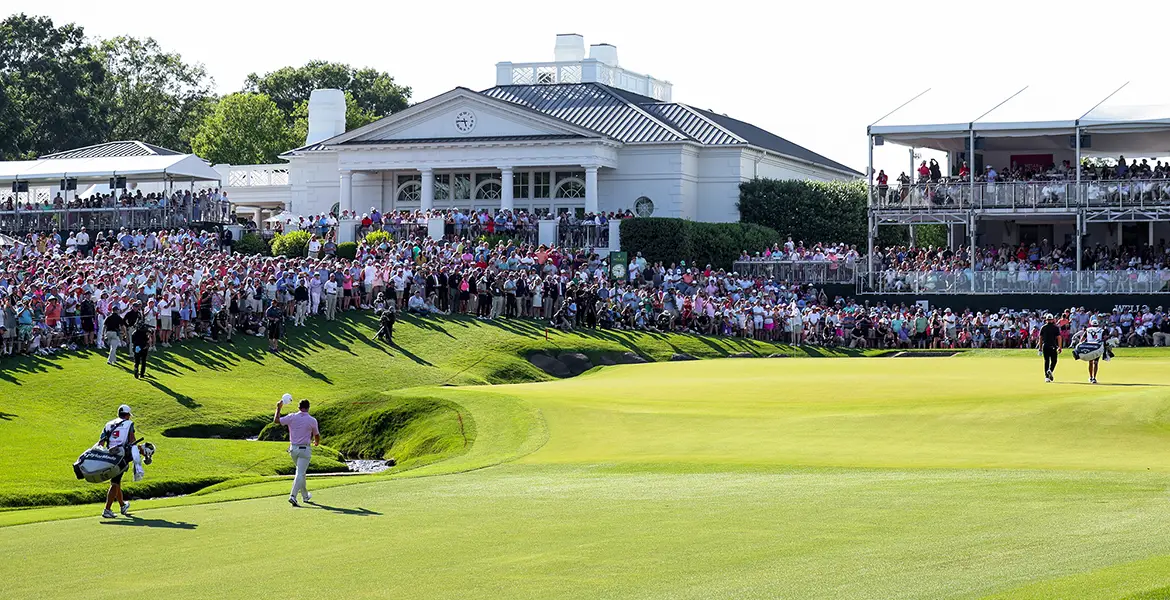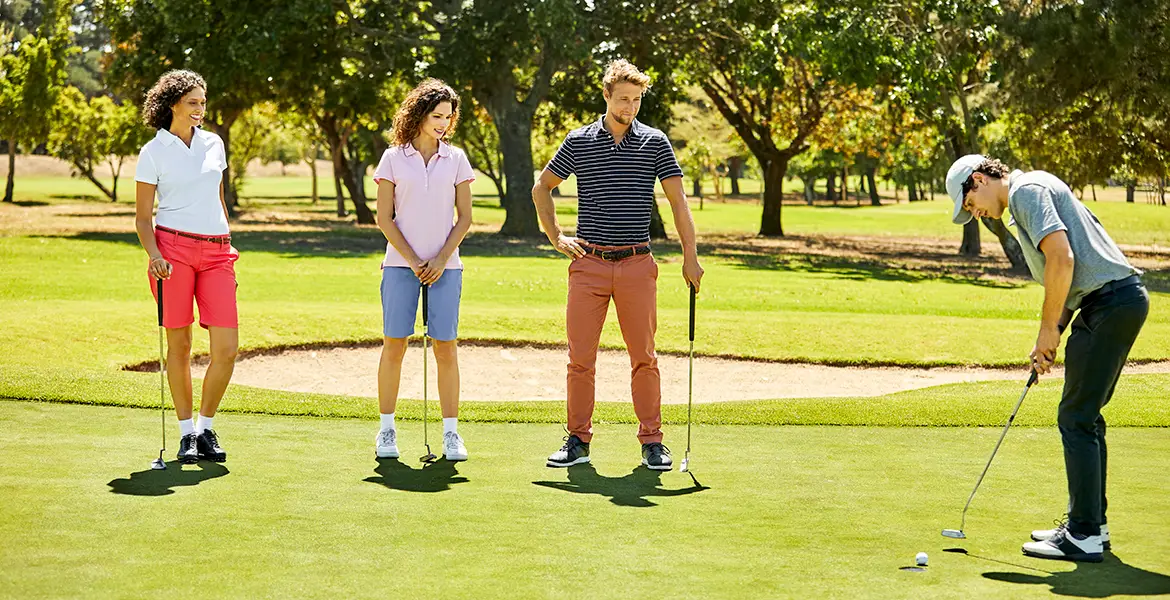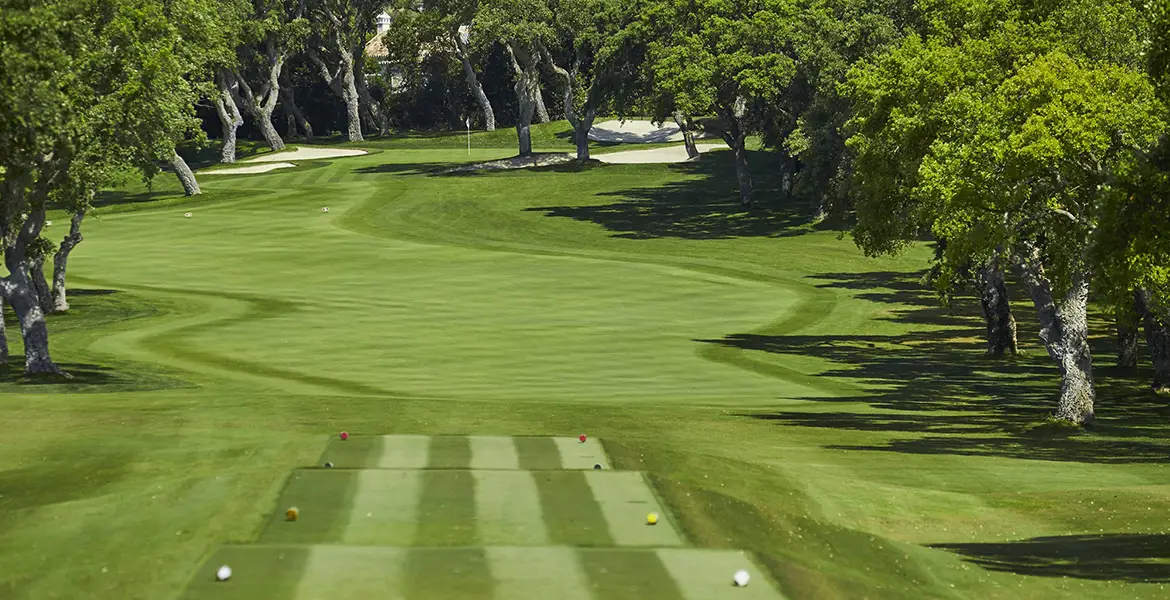Peter Alliss 1984
Using a three-quarter swing as preached by Open champion Henry Cotton, there were days that I felt I’d never again miss a green with a 4-iron. It all seemed so much easier if I didn’t lash at the ball and thought much less about how far I could hit and a lot more about compiling a score and keeping the bad shots out of a round. Lasting the Course
Tommy Armour 1953
You hear much about the value of concentration in golf. That concentration means merely the faculty of keeping the routine intact and protected against the disturbances of imagination, hazy thinking, outside influences, or strained attempts not to do something that is faulty. Think what to do. That’s concentration in golf. How to Play Your Best Golf All the Time
John Jacobs 1972
Once you set foot on the golf course, you have got to commit yourself to one thought during each swing. The best way to find your “thought for the day” is to hit a few shots before you play. A lot of the time the pros are doing exactly that when they practice before a competitive round. There is nothing worse than cluttering and confusing your mind with too many technical thoughts prior to and during the swing. Practical Golf
Nancy Lopez 1987
You want to make sure that you take three factors into consideration when you decide to lay up. First, if you’re going to lay up, then make sure you really do lay up. Second, you want to make sure you leave yourself with the best approach into the green. Third, lay back far enough to give yourself a full shot with either a sand wedge or a pitching wedge. Lopez on Golf
Jack Nicklaus 1988
One of golf’s most important shots is the opening drive. Hit it well and all seems right with the world. Hit it poorly and, as like as not, you’ve set the tone for a frustrating day. For this reason I always try to give my opening shot maximum effort. One key to doing that is not to fall into the pattern of hurrying just to shorten the agony. Take a few deep breaths and some easy practice swings, then complete the backswing and watch the ball. Play Better Golf
Pia Nilsson and Lynn Marriott 2011
Your emotions store events as memories, and these memories affect your future performance. So your challenge is to control your emotional reaction to your shots. You want to have a strong emotional reaction to a good shot and a neutral emotional reaction to a bad shot. One exercise we like to have players do is to say aloud something positive or factual about every shot they hit—no matter the result. Play Your Best Golf Now
Gary Player 1962
There are times in golf when it is necessary to gamble. Usually, however, when you face a trouble shot from sand, rough, or water the best thing to do is to accept your problem. Don’t try for a miracle shot, unless you need one to win. Gary Player’s Golf Secrets
Bob Rotella 2004
It’s visualization. You can mentally rehearse performing well and winning. If you do it properly, you can give yourself a feeling of déjà vu when you’re in a clutch situation. You can make yourself think and perform like the successful veteran who doesn’t get distracted by competitive pressure because he knows he’s been there before and he’s handled it. The Golfer’s Mind
Stan Utley 2011
When you get nervous, the best thing you have going for you is a go-to shot you’re comfortable hitting. That might mean leaving the ball ten feet from the hole instead of potentially hitting it to two feet, but sometimes playing a little away from the hole, where you have some room to hit a basic chip, is easier on the nerves. The Art of Scoring






